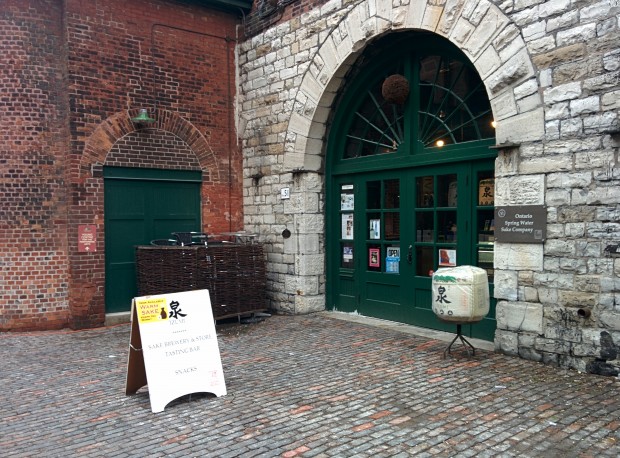


Sake sales in Japan have fallen over recent years but in Canada the popularity of the traditional Japanese beverage is rising and has even spawned Toronto’s first sake brewery.
The traditional Japanese beverage sake is growing in popularity in Ontario as sales are steadily growing, says LCBO product manager Ann Patel.
“Business is growing, currently the growth is at 4% a year,” says Patel.
According to a Supply Chain Forum study, Japanese sake consumption has fallen since 2000 by nearly half. Traditional beverages like sake and soju are being replaced by western drinks like whisky and vodka. While consumption has fallen in Japan, it’s rising in Canada.
Elizabeth Fujita, Toronto Japanese Culture Centre researcher, believes the rise in consumption is the result of interest in Japanese foods and increased awareness of Japanese culture due to the heightened media attention Japan received during the 2011 tsunami.
“These sorts of global scale events, often times have the potential to bring focus on the culture,” says Fujita. “The most accessible thing if you’re not familiar with Japanese culture is food. It’s so popular here and there’s a move away from gentrified, class-based sushi stuff, to more of what people eat everyday.”
This awareness is fostering a growing sake market in Canada and made it possible for Ken Valvur to establish Ontario’s first sake brewery in 2011.
Sake is meant to be consumed young hence most Japanese sake is un-pasturized. This was the catalyst for Valvur’s brewery.
“I love un-pasturized sake but you can’t actually import it because the LCBO’s warehouses are not refrigerated. So the only way to offer it in Canada is to make it locally,” Valvur says.
Valvur, a former investment director at Scotiabank, got started with Japanese food after working in London, England.
“I noticed a lot of people were eating Japanese style take out foods, Valvur says. “Bento boxes and sushi and stuff so I quit the nice banking job I had.”
He moved back to Toronto and started Bento Nouveau, which would quickly become the biggest sushi company in Canada.
During his Bento days, Valvur would help to bring Masumi Sake to the LCBO. The resulting relationship introduced Valvur to Toji, or brewmaster, Yoshiko Takahashi. Together they have created a uniquely Canadian brand of sake with California rice, Japanese brew-molds and Huntsville springwater.
“We are working on several promotions this year and there is a festival called Kampai we’re involved with. Anywhere there’s an opportunity to grow the business we want to do that,” says Patel.
Valvur says lack of knowledge is the only thing holding sake back in Canada. This years LCBO promotions and spring sake festival should help Canadians focus on this robust beverage.









